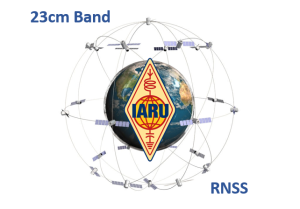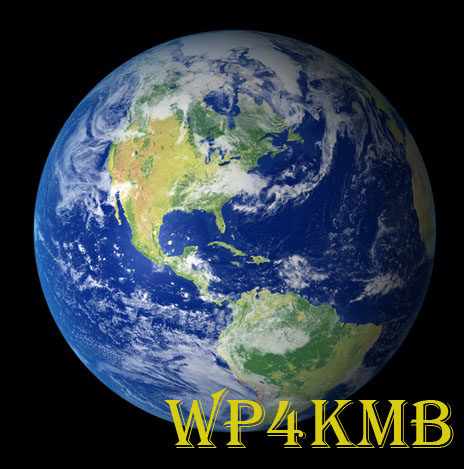ITU WRC-23: 1240-1300 MHz
ITU WRC-23: 1240-1300 MHz
 IARU have provided an update on the outcome of ITU WRC-23 Agenda Item 9.1B concerning the Amateur and Amateur Satellite Service allocations in 1240-1300 MHz:
IARU have provided an update on the outcome of ITU WRC-23 Agenda Item 9.1B concerning the Amateur and Amateur Satellite Service allocations in 1240-1300 MHz:
“During the WRC-23 deliberations, strong positions were expressed by all the parties involved. The result is a well-supported compromise for a footnote in the Radio Regulations regarding amateur and amateur satellite service operation in the 1240–1300 MHz range. The footnote reminds administrations and amateurs of the need to protect the primary RNSS from interference and provides guidance to administrations to allow both services to continue to operate in this portion of the spectrum. The compromise was formally adopted by the Conference Plenary on December 8 and is not subject to further consideration during the final week of the WRC. The IARU team continues its work on other WRC issues including the development of agendas for future conferences.
IARU President Tim Ellam, VE6SH, noted “This is a very good result for the amateur services. The decision reached at WRC-23 on this agenda item makes no change to the table of allocations nor incorporates by reference M.2164 into the Radio Regulations. The addition of a footnote that provides guidance to administrations in the event of interference to the RNSS is a good regulatory outcome for amateurs and the primary users of this band.”
The WRC also agreed to suppress the Resolution 774 which closes the issue and satisfies the agenda item.”
Read the full IARU statement at https://www.iaru.org/recommendation-on-ai-9-1b-approved-at-wrc-23/
Download ITU‑R Report M.2532 https://www.iaru-r1.org/wp-content/uploads/2023/11/R-REP-M.2532-2023-PDF-E.pdf
Powered by WPeMatico
Editor
AMSAT-UK





